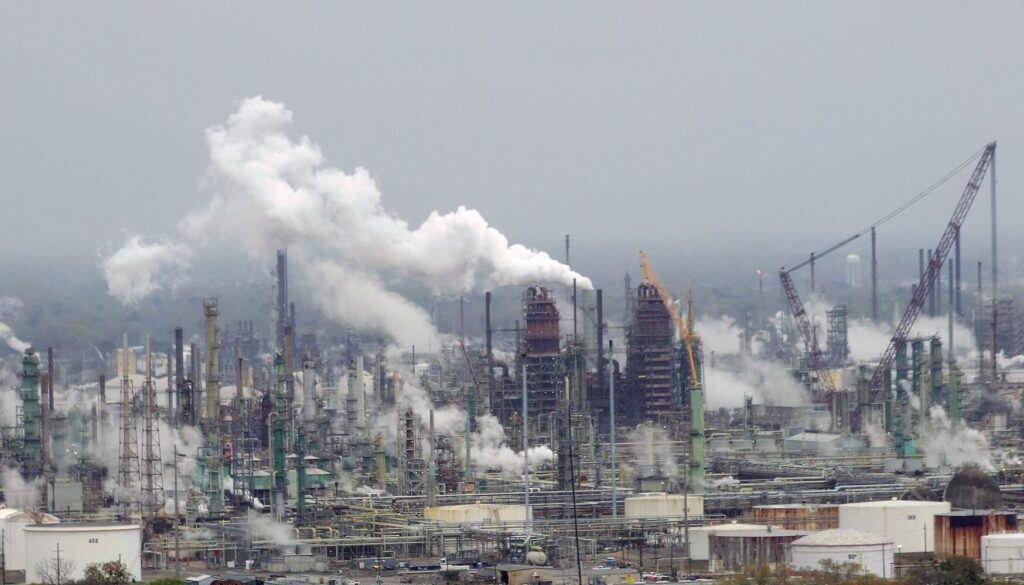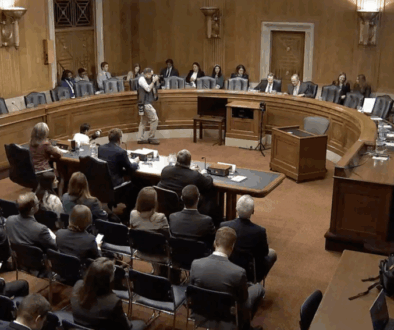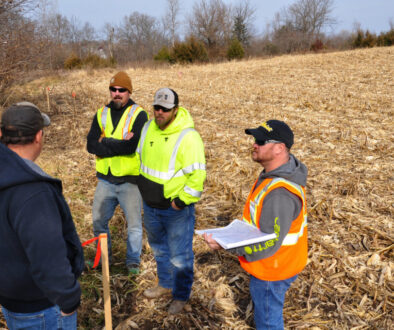Louisiana law leaves vulnerable communities without warnings of poor air quality, lawsuit alleges
Listen to the audio version of this article (generated by AI).
A new Louisiana law violates federal air quality protections by preventing community groups from using data collected with certain types of monitoring equipment to call out air quality violations in polluted industrial areas, according to a lawsuit filed Thursday by environmental and health organizations.
The stated intent of the Louisiana Community Air Monitoring Reliability Act (CAMRA), signed into law last May, is to provide the public “with access to accurate air quality information.” But the plaintiffs allege that instead of protecting the public, the law saddles community monitoring groups with “unique and onerous restrictions” by requiring them to use high-priced monitoring equipment instead of affordable alternatives that can offer adequate results.
The US Environmental Protection Agency (EPA) has supported the development of community air monitoring programs through grants and by loaning air sensors to communities, the complaint states. Such marginalized “fenceline” communities across the country are located near heavily polluting industrial plants known to release chemicals into the air that can be harmful to human health. These communities often lack adequate air quality monitoring needed to alert residents and policymakers about dangerously high levels of pollutants, such as such as ethylene oxide, a known human carcinogen, and fine particulate matter, which can harm the lungs.
Louisiana is home to “Cancer Alley” a string of communities along the Mississippi River riddled with petrochemical plants, where residents have a 95% higher-than-average chance of developing cancer compared to other Americans.
“Simply put, it’s punitive,” Amy Stelly, a community activist, said of the Louisiana law on a May 22 press call. “This law is oppressive and seeks to keep citizens in the dark.”
The state law also prevents groups from analyzing the data themselves, requiring that they use state-approved laboratories or provide an unspecified “quality assurance certification” with their analysis.
Under the law, the groups face penalties of up to $32,500 per day for alleging air quality violations based on data they obtained using cheaper, commercially available equipment to measure harmful chemicals, plus a $1 million fine for intentional violations, according to the lawsuit.
“The legislature wrote into the law that it wants to police the accuracy of air pollution monitoring information disseminated by community members,” Nandan Joshi, an attorney with the Public Citizen Litigation Group, one of the groups that filed the complaint, said on a press call. “This is a constitutional red flag. The First Amendment does not allow the government to silence voices that the government thinks are wrong.”
CAMRA singles out community groups, he added – it does not apply to industry or the state government.
The law’s requirement that “any release or communication of the collected monitoring data shall include clear explanations of data interpretation” is a clear First Amendment violation, said Joshi.
“CAMRA makes speech illegal if groups release their air monitoring data without providing the state-mandated explanation,” he said. “These restrictions do not only apply when community groups want to talk to the public. These groups cannot talk to federal or state regulators or make allegations in court unless their speech conforms to CAMRA’s requirements.”
The Louisiana Department of Environmental Quality (LDEQ) declined to comment.
Research has revealed gaps in federal and state data for harmful air pollutants in Louisiana, including ethylene oxide. A 2024 report by Johns Hopkins University analyzed air monitoring data funded by the Beyond Petrochemicals Campaign, finding that ethylene oxide concentrations were nine times higher than pollution modeling by the EPA and LDEQ.
“The state doesn’t monitor for many carcinogens, or not where it’s needed most, and doesn’t require polluting industry to conduct public monitoring, either,” Caitlion Hunter, director of research and policy for the group RISE St. James, said on the call.
Last year, LDEQ announced that it was adding several new air monitors to its network for monitoring ethylene oxide and other harmful volatile organic compounds.
The goal of CAMRA is not to silence community voices but to ensure that regulatory action is based on high quality science, David Cresson, the president and CEO of the Louisiana Chemical Association, which has supported the legislation, said in a statement.
“Community members are fully free to raise concerns, publish findings, and engage with the public or agencies to promote awareness,” said Cresson. “What this law clarifies is that if air monitoring data is going to be used to trigger regulatory enforcement, penalties, or as the sole source for a lawsuit, it must meet the same EPA-approved standards already required of industry and government agencies.”
As far as the parties filing the lawsuit are aware, LDEQ has not attempted to fine any group for their monitoring, said David Bookbinder, director of Law and Policy at the Environmental Integrity Project. Even so, community group representatives said on the press call that they are taking precautions by removing air monitoring data from their websites or ceasing to share findings on social media.
“It’s about silencing communities like mine,” said Cynthia Robertson, executive director of the group Micah 6:8 Mission in Sulphur, Louisiana. The small city sits in Calcasieu Parish, a center of activity for the petrochemical industry and a community threatened by the development of liquified natural gas infrastructure.
The high levels of illness in her region “wouldn’t be accepted anywhere else without outrage and action, but here in southwest Louisiana it’s our reality,” she said. “And the state’s response is to silence us instead of protecting us.”
(Featured image: The Exxon Mobil Refinery in Baton Rouge, Louisiana. Photo by By WClarke, Wikimedia Commons, CC BY-SA 4.0.)




